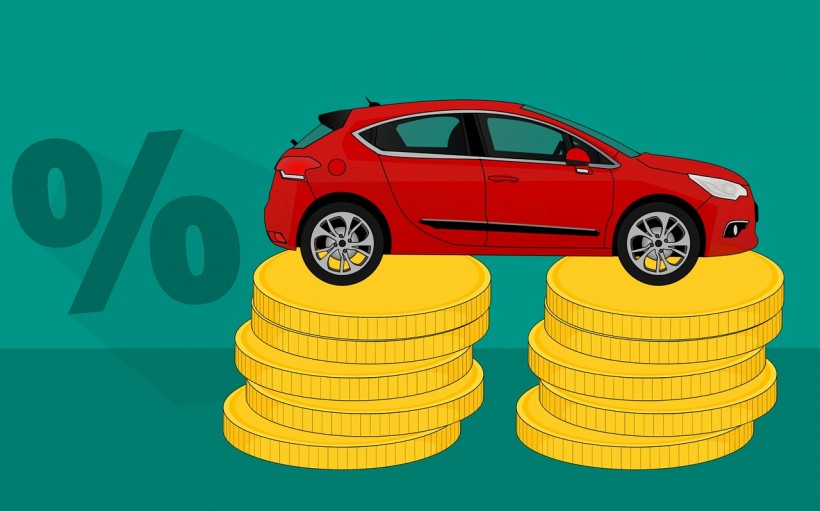An encumbrance on a car check report means that there is a debt or financial obligation attached to the vehicle. This can include money owed on the vehicle itself, or money owed for repairs or maintenance. The encumbrance will show up as a lien on the vehicle and will need to be paid off before the vehicle can be sold.
What is an Encumbrance?
An encumbrance on a vehicle is a legal claim or lien against it. The encumbrance may be in the form of a loan, lease, or other financial obligation that the owner has agreed to. The encumbrance gives the lender or other entity a legal right to take possession of the vehicle if the owner fails to make payments or otherwise meets the terms of the agreement.
An encumbrance can also be a non-financial claim against the vehicle, such as a tax lien or judgment against the owner. In this case, the encumbrance does not give the entity the right to take possession of the vehicle, but it does prevent the owner from selling or transferring the vehicle until the encumbrance is satisfied.
An encumbrance can be placed on a vehicle by the owner or by a third party. For example, if a person takes out a loan to purchase a vehicle, the lender will likely place an encumbrance on the vehicle as collateral for the loan. Similarly, if a person leases a vehicle, the lessor will typically place an encumbrance on the vehicle.
What is a REVS Car History Check?
When you buy a used car, you want to know as much about its history as possible. A revs check is a detailed record of a car's past. It can include information on the car's registered owners, odometer readings, accidents, repairs, and more.
A revs check can be a valuable tool in the used car-buying process. It can help you avoid buying a car with hidden damage or a dubious past. It can also give you negotiating leverage if you find out that the car you're interested in is worth less than the seller thinks.
Revs checks are available for cars, trucks, motorcycles, and other vehicles. The reports are compiled using data from a variety of sources, including state DMV offices, police accident reports, and repair shops.
Why is an Encumbrance Important?
An encumbrance is important because it can affect the value of a vehicle, and it can also affect a person's ability to sell the vehicle. If a vehicle has an encumbrance, it means that there is a debt attached to it that needs to be paid off before the vehicle can be sold. This can make it difficult to sell the vehicle, as potential buyers may not want to take on the debt. Additionally, an encumbrance can also lower the value of a vehicle, as potential buyers will be less likely to pay full price for a vehicle that has a debt attached to it.
How to Check for an Encumbrance
The best way to check for an encumbrance on a vehicle is to run a REVS check. This check will show any outstanding debts or financial obligations that are attached to the vehicle. Additionally, a REVS check will also show any liens that are attached to the vehicle. A lien is a legal claim that a creditor has on a property, and it can prevent the owner from selling the property until the debt is paid off.
What to Do if There is an Encumbrance?
If you find that there is an encumbrance on a vehicle, you will need to pay off the debt before you can sell the vehicle. You can do this by contacting the creditor and arrangements to pay off the debt. Once the debt is paid off, you will be able to sell the vehicle without any issues.
An encumbrance on a REVS check report can be a good thing or a bad thing, depending on the situation. If you are looking to purchase a vehicle, an encumbrance can be a good thing, as it will give you an opportunity to negotiate the price of the vehicle. However, if you are looking to sell a vehicle, an encumbrance can be a bad thing, as it can lower the value of the vehicle.
* This is a contributed article and this content does not necessarily represent the views of sciencetimes.com














!['Cosmic Glitch' in Einstein's Theory of General Relativity Could Be Explained in This New Scientific Tweak [Study]](https://1721181113.rsc.cdn77.org/data/thumbs/full/53435/258/146/50/40/cosmic-glitch-in-einsteins-theory-of-general-relativity-could-be-explained-in-this-new-scientific-tweak-study.jpeg)
